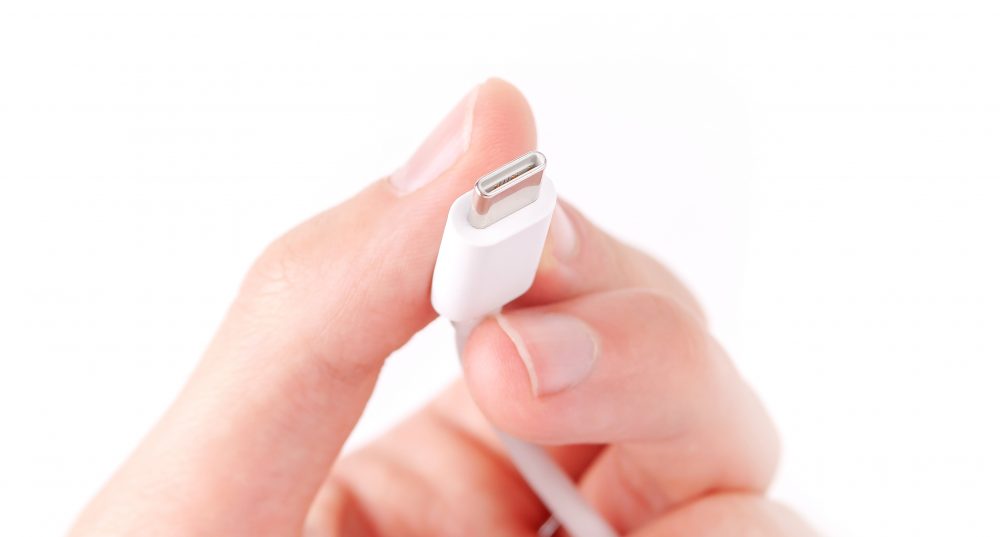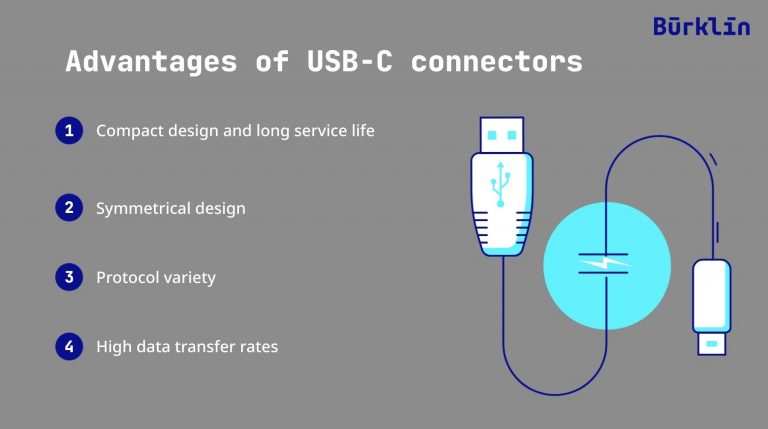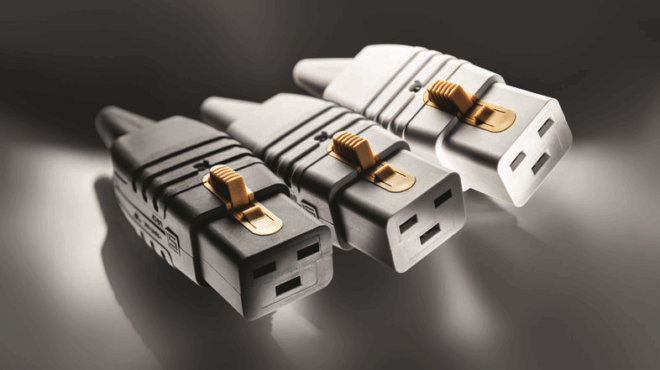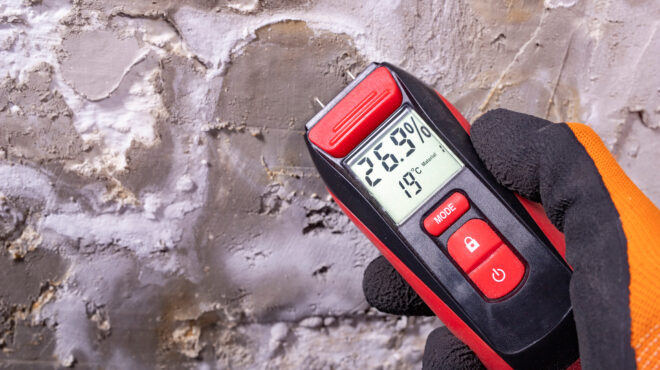
Connectors: USB-C port as new EU Standard
From mid-2024, only one valid standard charging socket will be used for small electronic devices: the USB-C connector system. But what makes this connector so special, and why was the step towards standardization necessary? We'll explore the advantages of USB-C and why this new law is a game-changer for consumers.
More does not necessarily mean better: One area in which it is evident that it is not a matter of quantity is the world of connector systems.
Particularly in the case of smartphones, laptops, headphones, cameras, etc., it has been observed in recent decades: The mass of different plugs and charging cables has caused displeasure among consumers – understandably so.
But not only that. The fact that manufacturers are still at odds when it comes to connectors also has a concrete impact on nature. After all, the vast number of different charging cables, plugs and connector systems creates an enormous amount of electronic waste – a problem that should never have arisen.
With the new EU draft law for the standardization of charging cables, many things are now to change. From mid-2024, only one valid standard charging socket will be used for small electronic devices: the USB-C connector system.
What makes this connector, why the step of standardization became necessary and what advantages are associated with it? In the magazine article, we try to find answers to these questions.
Standardization of charging cables: flexible, practical & sustainable
With increasing awareness of environmental protection and concrete goals in mind, waste reduction has risen up the priority list of those in charge. At the same time, efforts to achieve uniform solutions for connectors within the EU go back a long way.
The new draft legislation has brought this goal a good deal closer. But why was this step necessary in the first place?
In addition to the obvious challenges posed by e-waste, the many different connector systems also pose problems for consumers. At the same time, one might think that customers would have already become accustomed to the variety of connectors. But this is not the case. Because the fact that there are different connectors for different devices causes concrete inconveniences for the consumer.
A step in the right direction
Many manufacturers – different connectors: On the one hand, this makes it difficult to change manufacturers. On the other hand, different devices from the same company are not matched to each other. The result: a different connector system for every device and gadget – and drawers full of cable chaos as an annoying result.
In the future, however, it will be: one plug for many devices. Because from 2024, a single charger will be usable for all products. This also means that in the future, consumers will be free to decide whether or not to purchase a charging cable when buying a device.
Another benefit is that it will be easier to change manufacturers. Uniform connectors will make it easy to switch to a different device manufacturer.
The standardization of charging cables therefore creates significant added value for both nature and the consumer.
Which devices are affected?
Small electrical devices in particular are affected by the standardization. Specifically, these are:
- smartphones / cell phones
- tablets
- digital cameras
- headphones
- headsets
- portable video game consoles
- portable speakers and e-readers
- keyboards
- mouse
- earphones
- portable navigation devices
- laptops
The last of these must be brought into compliance 40 months after the law goes into effect.
USB-C connectors: what makes them special
In contrast to its predecessors, the USB-C connector has an elliptical shape and is characterized by its symmetrical design. But there are also concrete benefits hidden inside the attractively designed connector.
Advantages at a glance
- Compact design and long service life: USB-C connectors are more robust than their predecessors. This also means a longer service life, specifically: 10,000 mating cycles. By comparison, 5,000 mating cycles are considered standard for Type A connectors. So if you fully charge a smartphone once a day, the USB-C plug will be in use for up to 27 years.
- Symmetrical design: Thanks to the point-symmetrical design, the new USB-C adapters have no top or bottom. The advantage: They thus fit easily into the ports regardless of the direction of rotation.
- Protocol variety: From Thunderbolt, HDMI, audio and video signals to MHL and display ports and USB 2.0 or USB 3.1 – USB-C combines all signal types and thus eliminates the need for additional connections on devices.
- High data transfer rates: Up to 10 Gbit/s are possible with USB 3.1, and even up to 20 Gbit/s with USB 3.2. Prerequisite: Both devices support USB 3.1.

A look into the future
On June 7, 2022, the Parliament and EU member states reached a preliminary agreement on the legislation. After formal adoption, the EU government has two years to implement the rule into national law.
To be noted: The regulation does not apply to products launched on the market before the new law comes into force.
Wireless charging as an alternative
In addition to the manufacturer Apple, which wanted to stick to its Lightning cable, other skeptics from the industry have spoken out about the standardization of charging cables. The basic tenor: there are other ways to avoid electronic waste and create consumer-friendly alternatives. Specifically: wireless charging based on the manufacturer-independent Qi standard. This uses electromagnetic induction to enable wireless energy transfer.
But in order to keep in step with newer technologies, the EU Commission can adapt the scope of the directive – especially as far as wireless charging solutions are concerned. And it is precisely this path, according to industry experts, that will have to be pursued more vigorously in the future.
High-quality connectors from Bürklin Elektronik
Whether for small electrical devices, in agriculture, industry or medical technology, robust and reliable connectors are increasingly in demand from our customers.
Bürklin Elektronik has a wide range of connectors: from power connectors to automotive connectors to laboratory connectors – and much more. In Bürklin Elektronik’s online store, individual models can be found easily and ordered immediately.
If you have any questions about the connector products, please contact the experts at Bürklin Elektronik at any time! We will be happy to help you.


